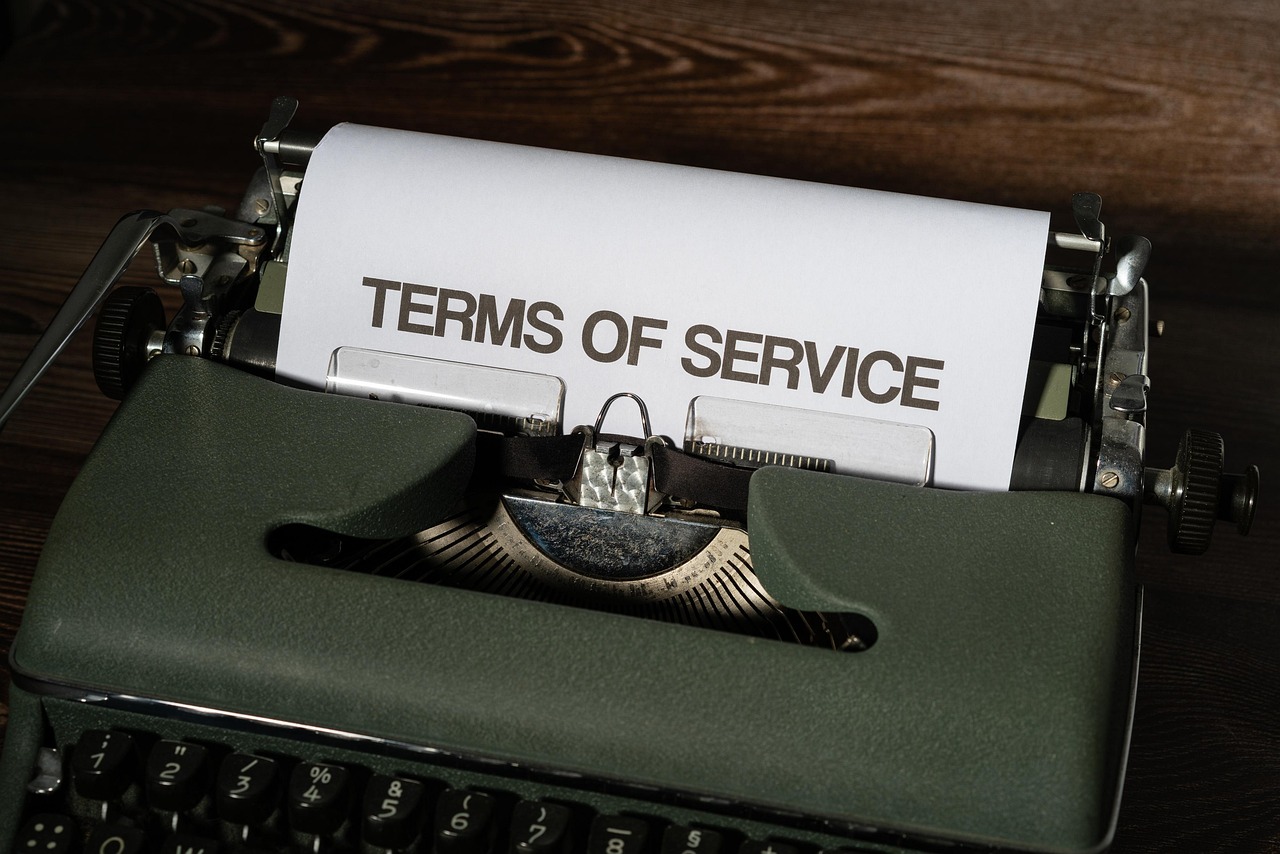Digital receipts are rapidly becoming the norm, replacing their paper counterparts in our wallets and overflowing drawers. More than just a trendy shift, this transition offers significant benefits for consumers, businesses, and the environment. From streamlined expense tracking to reduced paper waste, understanding the world of digital receipts is essential for navigating the modern economy.
What are Digital Receipts?
Definition and Types
A digital receipt is simply a record of a transaction that is delivered electronically, typically via email, SMS, or a dedicated app. Unlike traditional paper receipts, digital receipts are stored digitally, making them easier to manage, search, and access.
- Email Receipts: The most common type, these are sent directly to your email inbox after a purchase.
- SMS Receipts: Some businesses offer receipts via text message, providing a quick and convenient alternative to email.
- App-Based Receipts: Many retailers and loyalty programs store receipts within their mobile apps for easy access.
- Cloud-Based Receipts: Receipts are stored in a cloud service, allowing access from multiple devices and often integrating with accounting software.
How Digital Receipts are Generated
Digital receipts are generated in a few different ways, depending on the point-of-sale (POS) system and the business’s setup. Often, the POS system is integrated with an email or SMS gateway. Upon completion of the transaction, the customer is prompted for their email address or phone number, and the receipt is automatically generated and sent. More sophisticated systems can even personalize the receipt with branding and targeted offers.
Another increasingly common method involves loyalty programs. When a customer uses their loyalty account during a transaction, the digital receipt is automatically associated with their account and available for viewing online or in the app.
Benefits of Using Digital Receipts
For Consumers
Digital receipts offer a wealth of advantages for consumers, simplifying financial management and saving time.
- Organization: No more overflowing wallets or lost receipts. Digital receipts are neatly organized and easily searchable by date, vendor, or amount.
- Expense Tracking: Seamlessly integrate with budgeting and expense tracking apps for simplified personal finance management. For example, you can often forward email receipts directly to apps like Expensify or Mint for automatic categorization.
- Environmental Impact: Contribute to a more sustainable future by reducing paper consumption.
- Durability: Unlike paper receipts that fade or tear, digital receipts are permanently stored and accessible.
- Warranty Claims: Easily access proof of purchase for warranty claims or returns.
- Reduced Clutter: Eliminate physical clutter and free up valuable storage space.
For Businesses
Businesses also reap significant benefits from adopting digital receipt systems, from cost savings to enhanced customer engagement.
- Cost Savings: Reduce spending on paper, ink, and printing equipment.
- Improved Efficiency: Streamline the checkout process and reduce the time spent handling paper receipts.
- Enhanced Customer Experience: Offer a convenient and modern shopping experience that customers appreciate.
- Data Collection: Gather valuable customer data, such as purchase history and preferences, to personalize marketing efforts.
- Marketing Opportunities: Include targeted offers and promotions on digital receipts to drive repeat business. For example, a coffee shop could include a coupon for a free pastry on the digital receipt.
- Reduced Environmental Impact: Showcase your commitment to sustainability and attract environmentally conscious customers.
Environmental Benefits
The environmental impact of paper receipts is significant. Consider these facts:
- Billions of paper receipts are printed annually.
- Many receipts are printed on thermal paper coated with Bisphenol A (BPA) or Bisphenol S (BPS), chemicals that are harmful to human health and the environment.
- The production and disposal of paper receipts contribute to deforestation, pollution, and greenhouse gas emissions.
- Switching to digital receipts significantly reduces paper waste and minimizes environmental impact.
By embracing digital receipts, we can collectively contribute to a more sustainable future and reduce our environmental footprint.
How to Manage and Store Digital Receipts
Choosing the Right Method
There are several methods for managing and storing digital receipts, each with its own advantages and disadvantages. The best option depends on your individual needs and preferences.
- Email Folders: Create dedicated folders in your email inbox to store digital receipts. While simple, this method can become disorganized over time. Name the folders clearly, for example: “Receipts – 2024”, “Receipts – Taxes”, “Receipts – Warranties”.
- Cloud Storage: Utilize cloud storage services like Google Drive, Dropbox, or OneDrive to create a dedicated folder for digital receipts. This provides easy access from multiple devices.
- Expense Tracking Apps: Use expense tracking apps like Expensify, Mint, or YNAB (You Need a Budget) to automatically categorize and store receipts. These apps often have features to scan and upload paper receipts, too.
- Dedicated Receipt Management Apps: Consider dedicated receipt management apps like Shoeboxed or Veryfi, which offer advanced features like optical character recognition (OCR) to extract data from receipts.
Best Practices for Organization
Regardless of the method you choose, following these best practices will ensure that your digital receipts are well-organized and easily accessible.
- Develop a consistent naming convention: Use a standardized naming format for all receipts, such as “YYYY-MM-DD_Vendor_Amount.pdf”. For example: “2024-07-27_Starbucks_$5.50.pdf”
- Create a clear folder structure: Organize receipts into folders by year, month, or category.
- Back up your data regularly: Ensure that your digital receipts are backed up to a secure location to prevent data loss.
- Use tags or keywords: Add tags or keywords to receipts to make them easier to search. For example, you could add the tag “business expense” to receipts used for tax deductions.
- Purge old receipts: Regularly review and delete receipts that are no longer needed. Check the IRS guidelines for how long to keep receipts for tax purposes.
Security and Privacy Considerations
Data Security
Digital receipts raise important security considerations. It’s crucial to protect your personal information and prevent unauthorized access to your data.
- Use strong passwords: Protect your email and cloud storage accounts with strong, unique passwords.
- Enable two-factor authentication: Add an extra layer of security to your accounts by enabling two-factor authentication.
- Be cautious of phishing scams: Be wary of suspicious emails or text messages requesting personal information.
- Use reputable apps and services: Choose trusted receipt management apps and cloud storage services with robust security measures.
- Review privacy policies: Understand how businesses use and protect your data when you provide your email address for digital receipts.
Privacy Concerns
Giving your email address for digital receipts can raise some privacy concerns. Businesses can potentially use this information for marketing purposes or share it with third parties. Be aware of the potential for this when providing your email.
- Read the privacy policy: Before providing your email address, read the business’s privacy policy to understand how they will use your data.
- Opt-out of marketing emails: Unsubscribe from marketing emails if you do not want to receive them.
- Use a separate email address: Consider using a separate email address specifically for digital receipts to keep your primary inbox clean.
- Request data deletion: In some jurisdictions, you have the right to request that businesses delete your personal data, including your email address.
Conclusion
Digital receipts offer a compelling alternative to traditional paper receipts, providing numerous benefits for consumers, businesses, and the environment. By embracing digital receipts and adopting best practices for management, storage, security, and privacy, you can streamline your financial life, reduce your environmental impact, and enjoy a more convenient and organized shopping experience. The transition is ongoing, but the advantages are clear, making digital receipts an essential part of the modern digital landscape.




